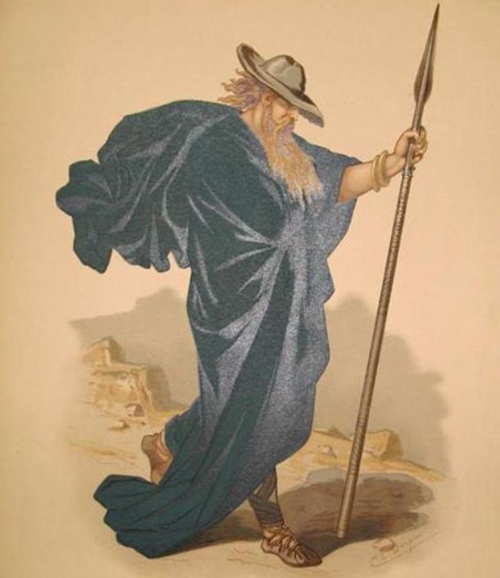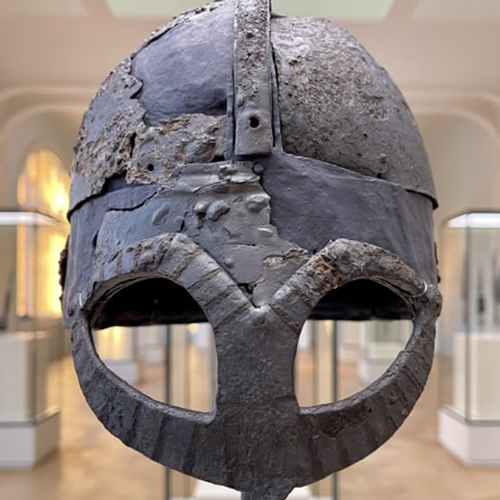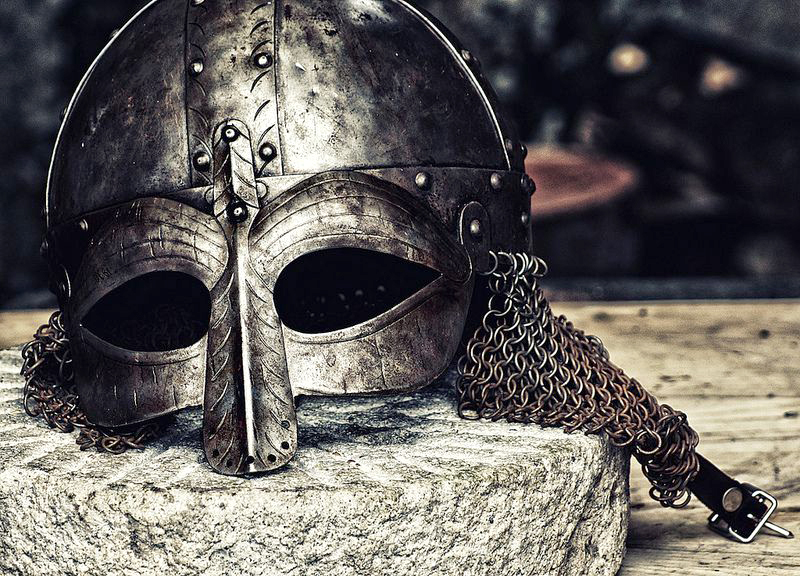Viking Blog
The Mystery Behind the Viking Helmet: Fact or Legend?
The image of a fierce Viking warrior has been synonymous with a horned helmet for centuries. This iconic symbol has graced countless illustrations, movies, and costumes. But how much of this portrayal grounds itself in reality? Did Viking warriors wear horned Viking helmets? Or is that a myth?
The Origins of the Horned Helmet Myth
The 19th century linked Vikings to horned helmets. This came from romanticized depictions of Norse culture in art and opera. One of the most influential figures was Carl Emil Doepler. He was a costume designer for Richard Wagner’s famous opera cycle, Der Ring des Nibelungen. In 1876, Doepler gave the Vikings horned helmets. This created a dramatic, theatrical look. This imagery captured the public’s imagination and became ingrained in popular culture.

Before Doepler’s designs, there was little proof that Vikings wore such helmets. In fact, archaeological findings paint a very different picture of Viking headgear.
What Archaeology Tells Us About Viking Helmets
Archaeologists have found only one complete Viking helmet. It’s the Gjermundbu helmet, found in Norway in 1943. Craftsmen made this 10th-century helmet of iron. It has a rounded cap, a nose guard, and eye protection. It lacks any decorative horns that stand out.

Viking Age helmets, or their fragments, suggest similar designs. They focused on practicality and protection in battle. Horns would have been impractical in combat. They could snag, or an opponent could use them to gain leverage. Also, horned helmets would have been hard to make. They would have been too bulky for warriors to wear.
The Role of Horns in Norse Culture
Vikings likely didn’t wear horned helmets in battle. But horns were not absent from Norse culture. Horns were often used as drinking vessels, ceremonial objects, or ritual symbols. Some pre-Viking depictions, like Bronze Age petroglyphs, show figures with horned headgear. Experts believe they represent deities or ceremonial participants, not everyday warriors.
Why the Myth of the Viking Helmet Persists
The horned helmet symbolizes the Vikings. It shortcuts to their feared, mysterious image. Over time, media, from Hollywood films to sports team logos, has reinforced this image. It shows how myths can overshadow history when they capture the public’s imagination.
Fact vs. Fiction
So, did Viking helmets have horns? The answer is likely no. The evidence suggests this famous image is a 19th-century creation, not a historical record. The truth may lack the drama of a horned helmet. But, it gives a more nuanced, realistic view of Viking culture.
The Viking helmet’s mystery shows we must question popular tales. We should seek the truth behind legends. The horned helmet is romantic and captivating. The reality of Viking craftsmanship and practicality captivates in equal measure. It shows the true nature of these seafaring warriors.

